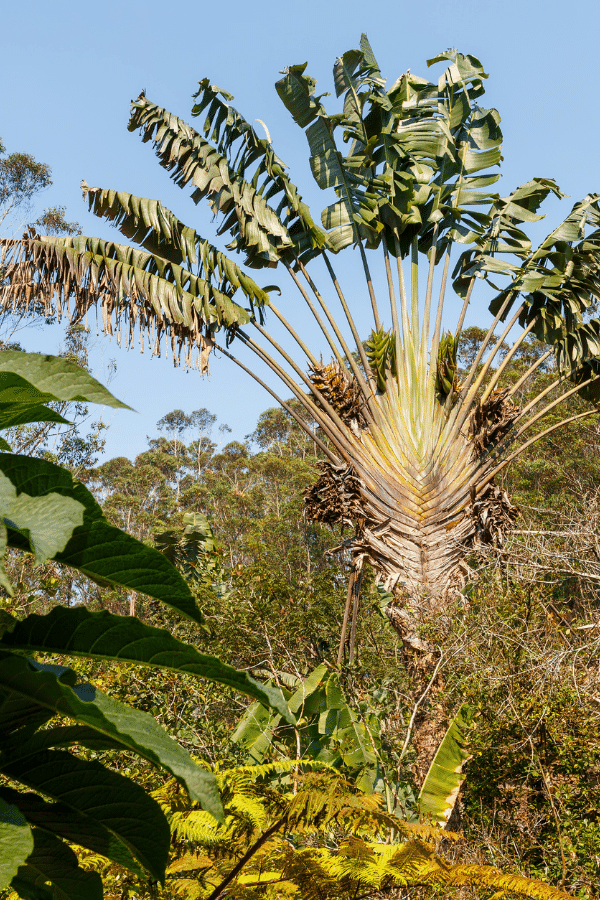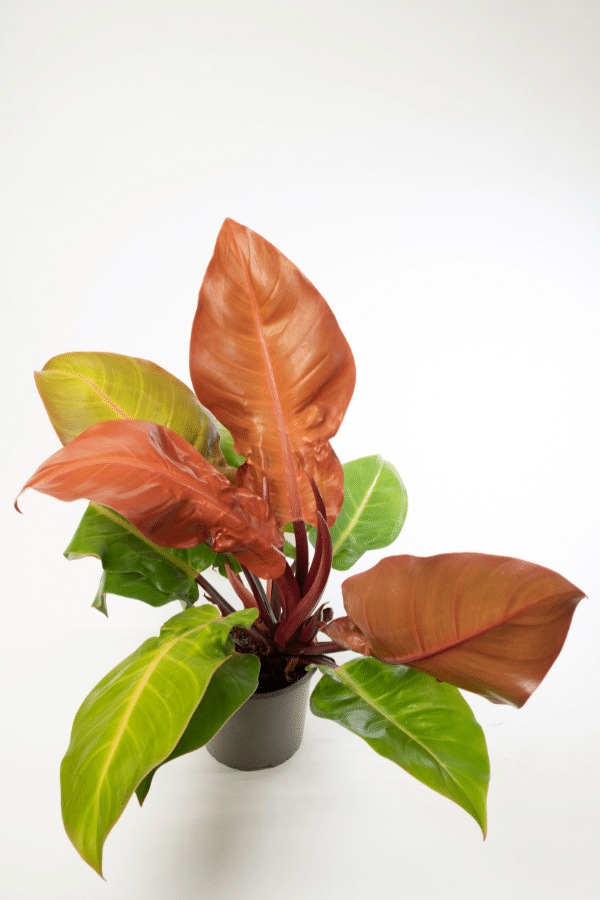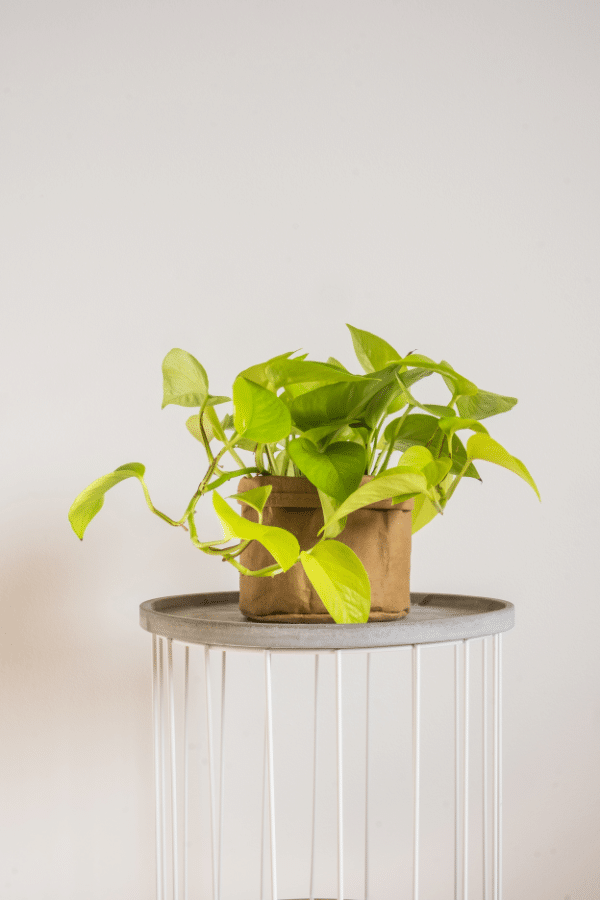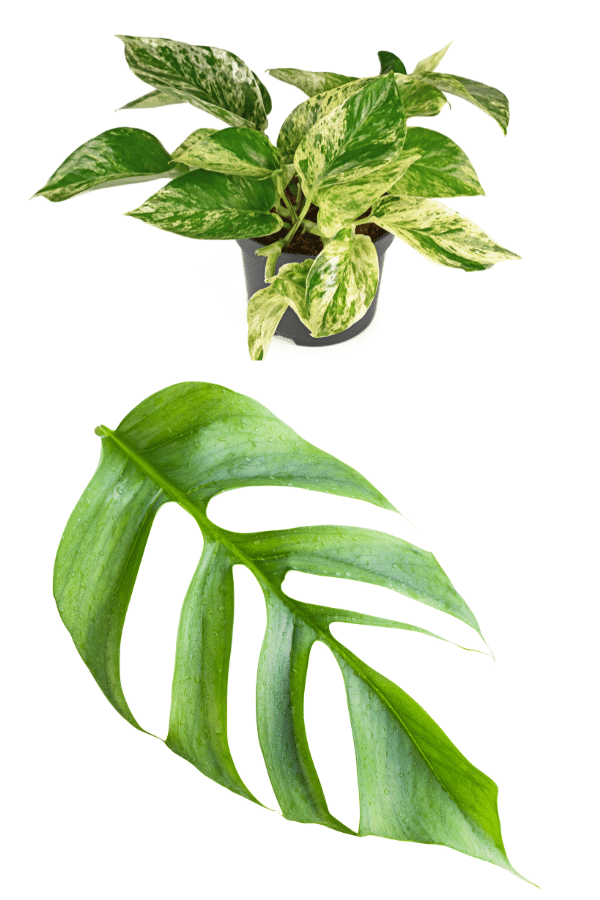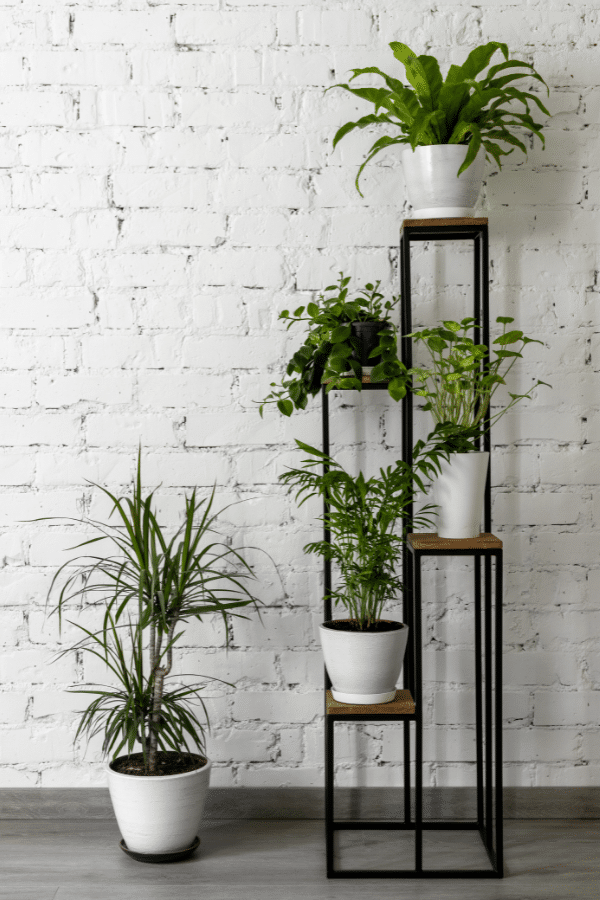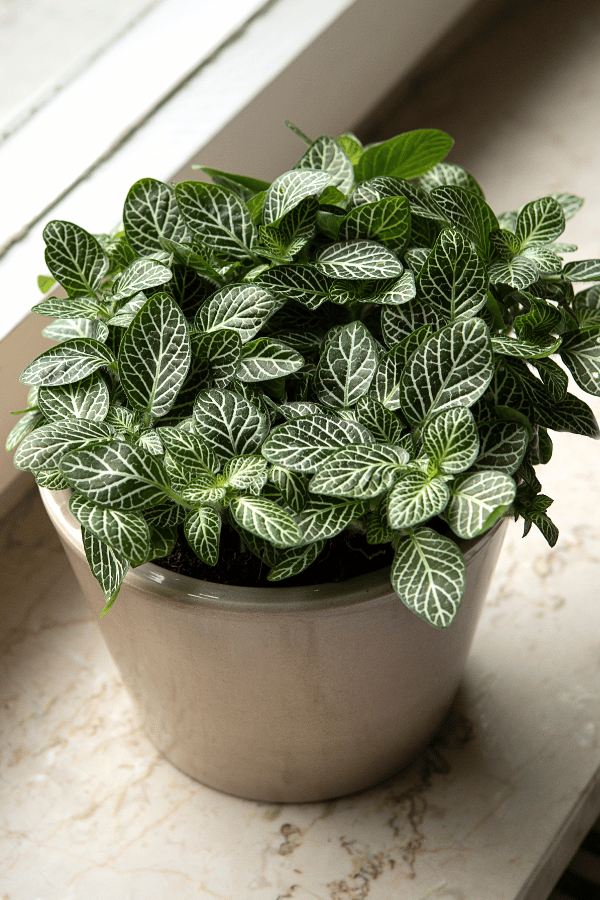Calathea Rufibarba
Scientific Name: Calathea Rufibarba, Goeppertia Rufibarba
Common Name: Furry Feather Calathea
Although Calathea Rufibarba is not considered a plant for beginners, it is one of the most adored houseplants due to its velvety feel, gorgeously variegated foliage, and air purifying capabilities. If you are willing to give Calathea Rufibarba the extra care it needs, it will bring an exquisite touch to your indoor space.
To give this Calathea plant the best care, it requires well-draining soil, keep soil moist by watering often, provide it moderate indirect sunlight, temperatures ranging from 60-85F, and humidity levels of over 50%.
Quick Care Overview
| Common Name | Furry Feather Calathea |
| Scientific Name | Calathea Rufibarba, Goeppertia Rufibarba |
| Family | Marantaceae |
| Origin | Brazil |
| Growth Rate | Medium |
| Identification | Green waxy leaves with jagged outer edges and maroon undersides |
| Height | Up to 3.5 feet tall |
| Soil | Well-draining soil |
| Water | Keep soil moist |
| Temperature | 60-85F |
| Sunlight | Moderate indirect light |
| Toxic to Cats & Dogs | No |
| Toxic to Humans | No |
| Pests | Mealybugs, scale, spider mites, fungus gnats |
| Diseases | Root rot, grey mold, bacteria leaf spot |
Below we will dive deep into this Calathea Rufibarba care guide.
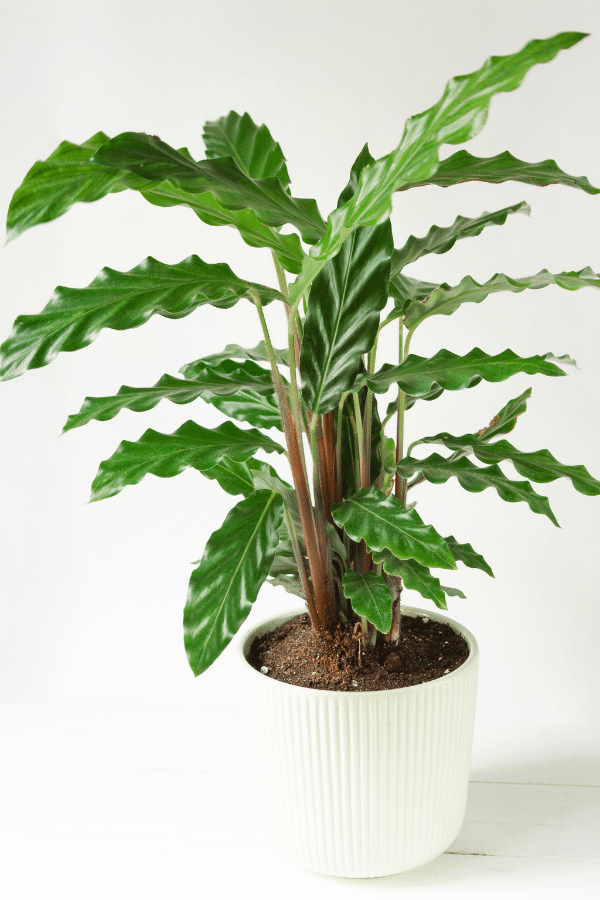
Calathea Rufibarba History
Coming from the Marantaceae family, the Calathea Rufibarba is native to Brazil. Coming from the rainforest, this plant can tolerate low light where it grows under plants.
Calathea Rufibarba Identification
Calathea Rufibarba is known for its attractive foliage. The leaves of Calathea Rufibarba have a green, waxy, smooth, elongated shape and maroon velvety undersides with tiny hairs.
Calathea Rufibarba Growth Facts
Calathea Rufibarba is considered to be very quick-growing and may grow up to 1-2 feet annually. However, growth may slow down with age.
How Big Does a Calathea Rufibarba Get?
This plant will grow to become about 3.5 feet tall and have a 2 foot spread.

Calathea Rufibarba Care
This quick-growing plant requires a little bit of extra care and maintenance to keep happy, but as long as you are able to give it the attention it needs, you will have a gorgeous accent plant for your home.
Calathea Rufibarba Soil
Your Calathea Rufibarba will appreciate being grown in a well-draining growing medium that is light and rich in organic matter. Your growing medium should be water retentive and yet enable good air circulation. A good potting mix will include equal parts regular potting mix to coco coir or peat moss with incorporations of compost, perlite, orchid bark, and coarse sand.
Calathea Rufibarba Fertilizer
Calathea Rufibarba is a quick grower with lush foliage. It will benefit from a monthly or twice monthly feeding from a nitrogen-rich fertilizer. Ensure that you follow all label instructions and do not feed in winter. An indicator that your Calathea has nutrient deficiencies requiring fertilization is discoloration of foliage, stunted growth, and leaf curling or drooping.
Calathea Rufibarba Watering
Calathea Rufibarba likes to remain consistently moist. Depending on growing conditions, this plant will likely need to be watered weekly during the warm growing season and only a couple of times monthly during the winter. Either underwatering or overwatering your Calathea will lead to issues such as foliage wilting, drooping, dropping, or discoloring. Ensure that your container has proper drainage and that your plant is not found sitting in excess water within the drainage tray.
Calathea Rufibarba Light Requirements
Best Calathea Rufibarba care is to grow in moderate light conditions and may tolerate lower light levels. However, if this plant does not receive adequate light, it will lose its beautiful variegation. Your Calathea should have at least 8 hours of indirect light daily for best results. However, too much direct sunlight will injure your plant.
Calathea Rufibarba Temperature & Humidity
Being a tropical plant, this Calathea likes to remain warm and be grown in temperatures that are between 60-85 degrees Fahrenheit. Never expose your Calathea to temperatures below 55 degrees Fahrenheit, as this may lead to permanent damage. Additionally, your Calathea will not tolerate widely ranging temperature fluctuations. This Calathea will tolerate low humidity for brief periods but will begin to experience leaf trip browning. Therefore, it is ideal to increase humidity by using a humidifier or pebble tray to keep humidity above 50%.
Repotting Calathea Rufibarba
It is time to repot your Calathea when you find roots poking out of the drainage holes. This Calathea does not like to be rootbound. Repotting will likely need to be done every other year and should be done in spring. Choose a 1-2″ larger pot than the previous one, refresh your Calathea’s soil, tamp lightly, water thoroughly, and place in indirect light.
Calathea Rufibarba Maintenance & Pruning
Your Calathea Rufibarba should be pruned annually before spring. Yellow, discolored, and dead foliage should be removed. Pruning will encourage bushier growth. Use sterilized shears.

Calathea Rufibarba Propagation
Calathea Rufibarba can not be propagated through stem cuttings. However, your Calathea Rufibarba may be propagated through rootball division during the growing season. Ideally, the plant should be watered a few hours before propagation. To propagate, gently lift the mother plant from the pot and loosen the soil from the roots. Next, gently divide the plant into sections. If this process becomes difficult to do by hand due to entanglement, you may use a sterilized blade to separate the roots. Each section should have a couple of leaves and roots attached. Finally, plant each section into its own container, refresh the soil, lightly tamp, water thoroughly, and place your new plantlets into indirect light.
Calathea Rufibarba Toxicity
Calathea Rufibarba is not considered toxic to humans, cats, or dogs.
Toxicity to Humans
Calathea Rufibarba is considered non-toxic to humans and poses no health risks.
Toxicity to Cats & Dogs
Calathea Rufibarba is considered non-toxic to pets and poses no health risks.
Calathea Rufibarba Problems
Calathea Rufibarba Leaves Turning Yellow
The most common cause of yellowing foliage of Calathea Rufibarba is due to overwatering. Overwatering can also cause root rot, the number one killer of houseplants. Keep Calathea Rufibarba’s soil moist but don’t overwater.
Calathea Rufibarba Leaves Turning Brown
The foliage of Calathea Rufibarba may turn brown due to too high of temperatures, low humidity, overexposure to the sun, or due to watering issues.
Calathea Rufibarba Diseases
Although less susceptible to disease than some other tropical plants, Calathea Rufibarba still may experience a pathogenic attack from leaf spot, grey mold, or root rot.
Calathea Rufibarba Pests
Calathea Rufibarba is generally considered pest-resistant, although they may become susceptible to attack from spider mites, mealybugs, scale, or fungus gnats. Use an insecticidal soap to get rid of pests.

